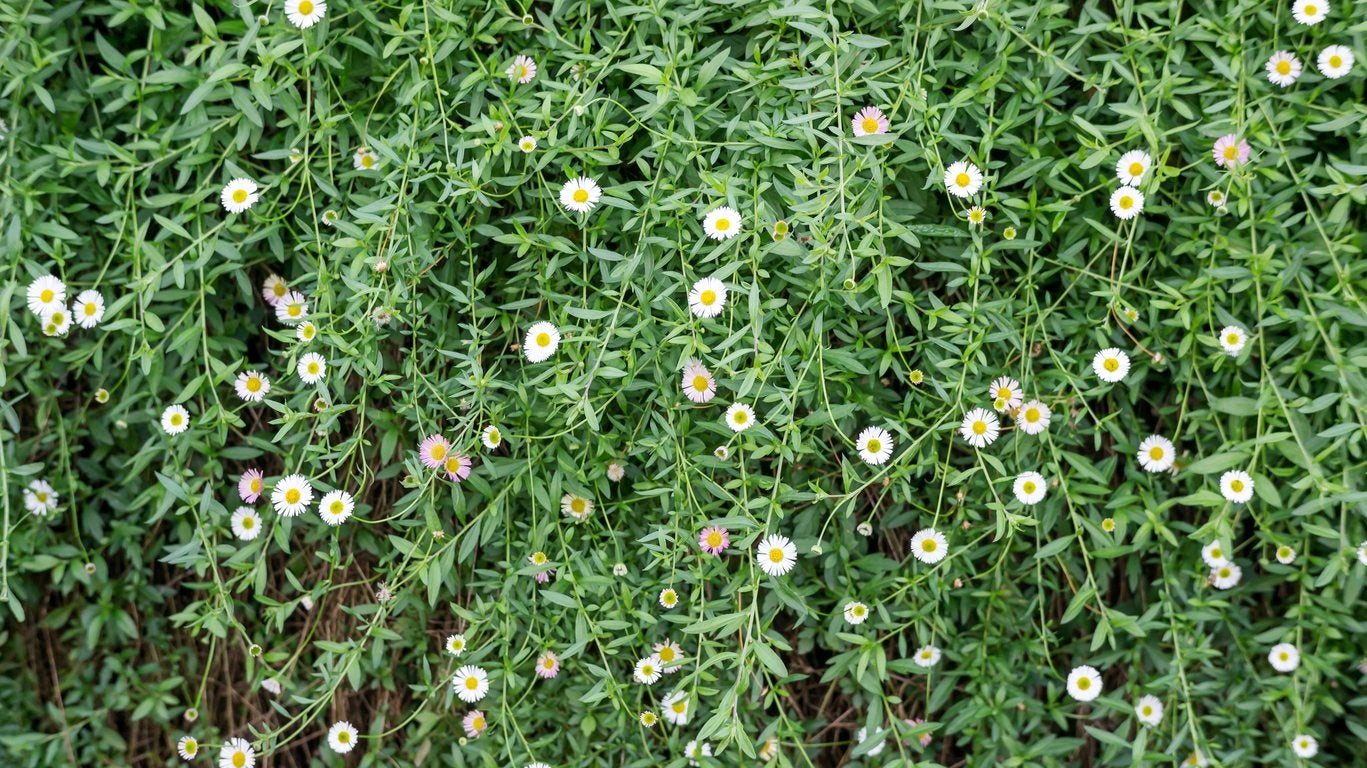Heath Aster Plant Care – Learn How To Grow Heath Asters In Gardens


Heath aster (Symphyotrichum ericoides syn. Aster ericoides) is a hardy perennial with fuzzy stems and masses of tiny, daisy-like, white aster flowers, each with a yellow eye. Growing heath aster isn’t difficult, as the plant tolerates a variety of conditions, including drought, rocky, sandy, or clay soil and badly eroded areas. It is suitable for growing in USDA plant hardiness zones 3-10. Read on to learn the basics of growing heath aster.
Heath Aster Information
Heath aster is native to Canada and the Eastern and Central areas of the United States. This aster plant thrives in prairies and meadows. In the home garden, it well suited for wildflower gardens, rock gardens, or borders. It is often used in prairie restoration projects, as it responds vigorously after fire. A variety of bees and other beneficial insects are attracted to heath aster. It is also visited by butterflies. It’s a good idea to check with your local cooperative extension office before growing heath aster, as the plant is invasive in some areas and may crowd out other vegetation if not carefully controlled. Conversely, the plant is endangered in some states, including Tennessee.
How to Grow Heath Asters
Very little care is necessary for growing heath asters. Here are a few tips on heath aster plant care to get you started: Plant seeds directly outdoors in autumn or before the last frost in spring. Germination usually occurs in about two weeks. Alternatively, divide mature plants in spring or early autumn. Divide the plant into smaller sections, each with healthy buds and roots. Plant heath aster in full sunlight and well-drained soil. Water new plants regularly to keep the soil moist, but never soggy. Mature plants benefit from occasional irrigation during hot, dry weather. Heath aster is rarely bothered by pests or disease.
Sign up for the Gardening Know How newsletter today and receive a free copy of our e-book "How to Grow Delicious Tomatoes".

A Credentialed Garden Writer, Mary H. Dyer was with Gardening Know How in the very beginning, publishing articles as early as 2007.